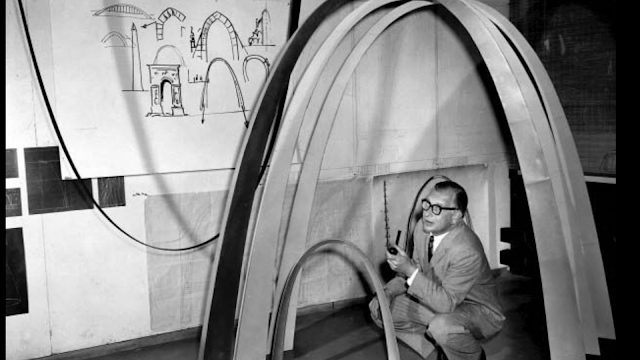I'd written yesterday, "We walk on. Shoes help the dolls stand up."
And what helps us stand (or withstand)?
I. Fall together
In reply, here's a quote that blogger Tororo sent me a while ago in a comment.
The idea in the quote is for me (Fresca) a wonderful and humorous consolation, and it feels true, that we hold each other up not because we have superhuman strength but because we all are falling down at the same time.
Tororo wrote:
"I thought that you may be interested in a translation (a
better one than the ones Google or Microsoft can provide) of the [ German playwright and theorist] Kleist
quote I posted, "Heinrich von Kleist, Lettre à Wilhelmine von Zenge, 16-18 novembre 1800":
"On the evening before that most important day of my life, in Würzburg, I went for a walk. When the sun went down, it seemed as though my happiness were sinking with it. I was horrified to think that I might be forced to part with everything, everything of importance to me.
I was walking back to the city, lost in my own thoughts, through an arched gateway. Why, I asked myself, does this arch not collapse, since after all it has no support?
It remains standing, I answered, because all the stones want to fall down at the same time - and from this thought I derived an indescribable heartening consolation, which stayed with me right up to the decisive moment:
I too would not collapse, even if all my support were removed."
________________________
II. Go round the back
Oh--von Kleist wrote an essay "On the Marionette Theatre" (1810) that is about the physics of movement (among other things---dance, and, somewhat related, dolls).
"Female knight in armor with shield" Sicilian marionette, via Getty:
Von Kleist imagines a conversation about marionettes with dancer “Herr C.” :
'I inquired about the mechanism of these figures. I wanted to know how it is possible, without having a maze of strings attached to one's fingers, to move the separate limbs and extremities in the rhythm of the dance.
His answer was that I must not imagine each limb as being individually positioned and moved by the operator in the various phases of the dance.
Each movement, he said, will have a center of gravity; it would suffice to direct this crucial point to the inside of the figure.
The limbs that function as nothing more than a pendulum, swinging freely, will follow the movement in their own fashion without anyone’s aid.'"
He goes on to say that puppets have a negative advantage over humans--they cannot be guilty of affectation...
" Misconceptions like this [affectations] are unavoidable," he said, "now that we've eaten of the tree of knowledge.I love that--travel around to see if it is open at the back.
But Paradise is locked and bolted, and the cherubim stands behind us.
We have to go on and make the journey round the world to see if it is perhaps open somewhere at the back."
________________
III. Rely on your own skin
This morning I found this, about the self-supporting St. Louis Gateway Arch:
"How Does it Stand?
From brazen designs to banal, most buildings require columns and beams as part of their internal assembly. However, this catenary [U-shaped, like a hanging chain] construction has no structural skeleton, and instead relies on its own skin for support."
ABOVE: Eero Saarinen amongst some of his test models and sketches exploring the Arch’s catenary curve.


No comments:
Post a Comment